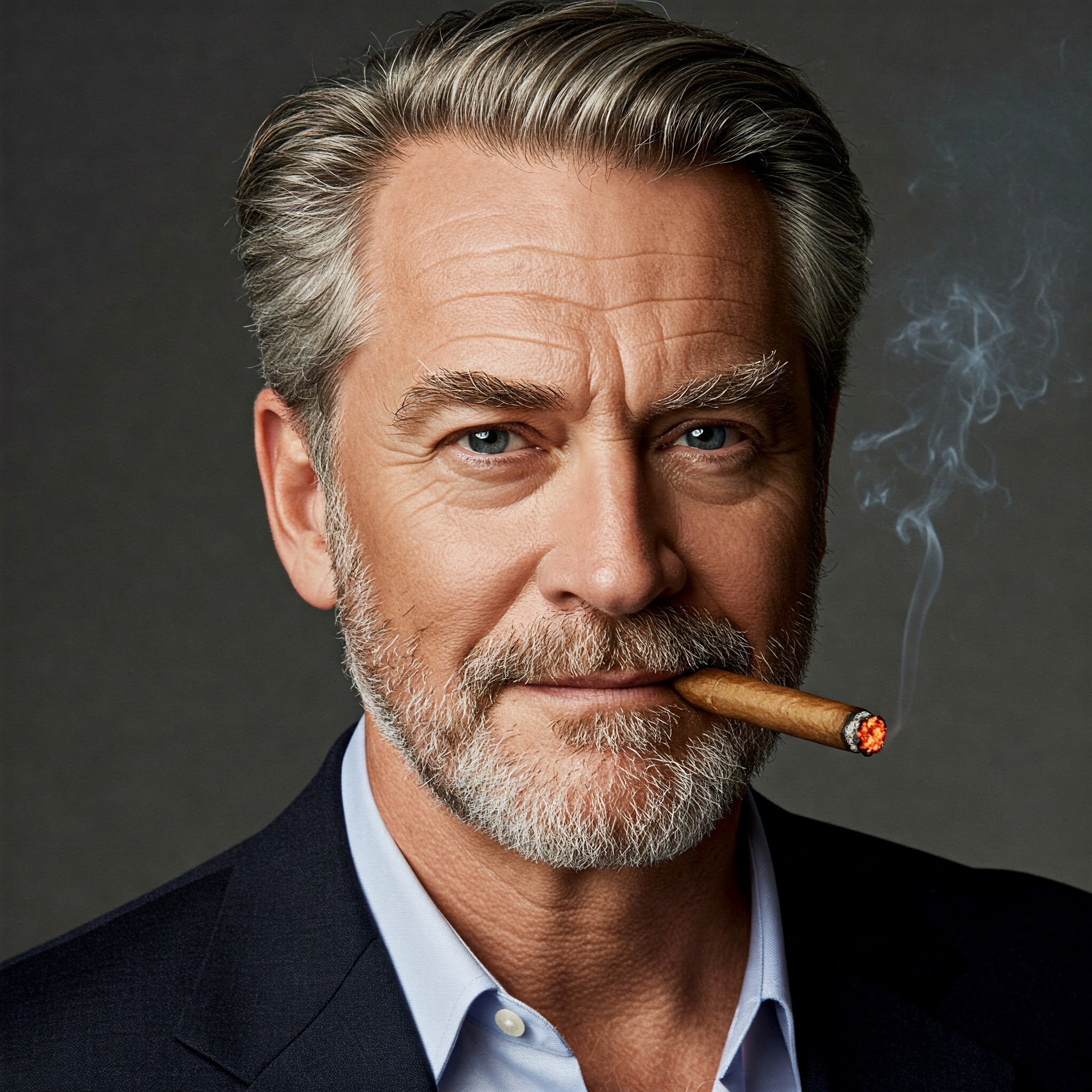April 6 marked a pivotal moment in Canada’s political calendar, as the nation’s top party leaders honed their focus with the election countdown ticking away. Each movement, speech, and handshake carried weight, shaping the narratives Canadians will carry to the polls.
With the April 6 schedule unveiled, the actions of Canada’s federal leaders offered a window into their campaign strategies. Liberal leader and sitting Prime Minister, Mark Carney, remained steadfast in his efforts to connect with urban voters, focusing on issues like housing affordability and public health investments. His morning began in Toronto, a strategic stop in the densely populated Greater Toronto Area, where he emphasized his party’s commitment to sustainable urban development. “The choices we make today,” he remarked, “will define the Canada we leave for future generations.”
Conservative leader Pierre Poilievre took a different route, engaging with rural communities in Saskatchewan. Poilievre’s agenda spotlighted agriculture, energy independence, and tax reforms, areas where he has consistently aimed to differentiate his party from the Liberals. Speaking to a packed town hall, he reiterated his vision for a “prosperous, self-reliant Canada,” highlighting what he described as the government’s overreach into personal freedoms.
NDP leader Jagmeet Singh balanced grassroots activism with policy advocacy, spending much of the day in Vancouver. Singh met with local environmental groups before hosting a rally where he challenged both Liberals and Conservatives on their climate policies. “We’ve heard promises before,” Singh warned, “but Canadians deserve action, not just words.” His focus on tangible solutions to climate change resonated with younger voters, a demographic critical to the NDP’s electoral hopes.
The Bloc Québécois, under Yves-François Blanchet, continued its focus on Quebec-specific issues, touring cultural institutions in Montreal. Blanchet reiterated his commitment to preserving Quebec’s linguistic and cultural identity, framing the federal government as an impediment to the province’s autonomy. Meanwhile, Green Party co-leaders Elizabeth May and Jonathan Pedneault attended a community event in Victoria, calling for immediate climate action and electoral reform.
As the election draws closer, the leaders’ strategic choices reflect their core priorities. Urban centres, rural heartlands, and the younger electorate are becoming battlegrounds, with every interaction potentially swaying the undecided. The April 6 schedule underscored the leaders’ recognition that time is running out to make their case to Canadians.
In this final stretch, the stakes are high. Will Mark Carney’s policies resonate with the middle class? Can Poilievre’s promise of economic freedom gain traction? Will Singh’s progressive platform galvanize enough support? The answers remain uncertain, but what is clear is that the April 6 actions set the tone for the days ahead, as Canada inches closer to shaping its political future.
References:
Canada election 2025: Where the leaders are on Sunday, April 6

